C#.Net Interview Question and Answers
1. What is C#?
C# (pronounced "C sharp") is a simple, modern, object-oriented, and type-safe programming language.
It will immediately be familiar to C and C++ programmers.
C# combines the high productivity of Rapid Application Development (RAD) languages.
2. What are the types of comment in C#?
There are 3 types of comments in C#.
Single line (//)
Mul
ti (/* */)
Page/XML Comments (///).
3. What are the namespaces used in C#.NET?
Namespace is a logical grouping of class.
using System;
using System.Collections.Generic;
using System.Windows.Forms;
4. What are the characteristics of C#?
There are several characteristics of C# are :
Simple
Type safe
Flexible
Object oriented
Compatible
Consistent
Interoperable
Modern
5. How does C# differ from C++?
C# does not support #include statement. It uses only using statement.
In C# , class definition does not use a semicolon at the end.
C# does not support multiple code inheritance.
Casting in C# is much safer than in c++.
In C# switch can also be used on string values.
Command line parameters array behave differently in C# as compared to C++.
6. What are the basic concepts of object oriented programming?
It is necessary to understand some of the concepts used extensively in object oriented programming.These include
Objects
Classes
Data abstraction and encapsulation
Inheritance
Polymorphism
Dynamic Binding
Message passing.
7. Can you inherit multiple interfaces?
Yes. Multiple interfaces may be inherited in C#.
8. What is inheritance?
Inheritance is deriving the new class from the already existing one.
9. Define scope?
Scope refers to the region of code in which a variable may be accessed.
10. What is the difference between public, static and void?
public :The keyword public is an access modifier that tells the C# compiler that the Main method is accessible by anyone.
static :The keyword static declares that the Main method is a global
one and can be called without creating an instance of the class. The
compiler stores the address of the method as the entry point and uses
this information to begin execution before any objects are created.
void : The keyword void is a type modifier that states that the Main method does not return any value.
11. What are the modifiers in C#?
Abstract
Sealed
Virtual
Const
Event
Extern
Override
Readonly
Static
New
12. What are the types of access modifiers in C#?
Access modifiers in C# are :
public
protect
private
internal
internal protect
13. What is boxing and unboxing?
Implicit conversion of value type to reference type of a variable is
known as BOXING, for example integer to object type conversion.
Conversion of reference type variable back to value type is called as UnBoxing.
14. What is object?
An object is an instance of a class. An object is created by using
operator new. A class that creates an object in memory will contain the
information about the values and behaviours (or methods) of that
specific object.
15. Where are the types of arrays in C#?
Single-Dimensional
Multidimensional
Jagged arrays.
16. What is the difference between Object and Instance?
An instance of a user-defined type is called an object. We can instantiate many objects from one class.
An object is an instance of a class.
17. Define destuctors?
A destructor is called for a class object when that object passes out
of scope or is explicitly deleted.A destructors as the name implies is
used to destroy the objects that have been created by a
constructors.Like a constructor , the destructor is a member function
whose name is the same as the class name but is precided by a tilde.
18. What is the use of enumerated data type?
An enumerated data type is another user defined type which provides a
way for attaching names to numbers thereby increasing comprehensibility
of the code. The enum keyword automatically enumerates a list of words
by assigning them values 0,1,2, and so on.
19. Define Constructors?
A constructor is a member function with the same name as its class.
The constructor is invoked whenever an object of its associated class is
created.It is called constructor because it constructs the values of
data members of the class.
20. What is encapsulation?
The
wrapping up of data and functions into a single unit (called class) is
known as encapsulation. Encapsulation containing and hiding information
about an object, such as internal data structures and code.
21. Does c# support multiple inheritance?
No,its impossible which accepts multi level inheritance.
22. What is ENUM?
Enum are used to define constants.
23. What is a data set?
A DataSet is an in memory representation of data loaded from any data source.
24. What is the difference between private and public keyword?
Private : The private keyword is the default access level and most
restrictive among all other access levels. It gives least permission to a
type or type member. A private member is accessible only within the
body of the class in which it is declared.
Public : The public
keyword is most liberal among all access levels, with no restrictions to
access what so ever. A public member is accessible not only from
within, but also from outside, and gives free access to any member
declared within the body or outside the body.
25. Define polymorphism?
Polymorphism means one name, multiple forms. It allows us to have
more than one function with the same name in a program.It allows us to
have overloading of operators so that an operation can exhibit different
behaviours in different instances.
26. What is Jagged Arrays?
A jagged array is an array whose elements are arrays.
The elements of a jagged array can be of different dimensions and sizes.
A jagged array is sometimes called an array–of–arrays.
27. what is an abstract base class?
An abstract class is a class that is designed to be specifically used
as a base class. An abstract class contains at least one pure virtual
function.
28. How is method overriding different from method overloading?
When overriding a method, you change the behavior of the method for
the derived class. Overloading a method simply involves having another
method with the same name within the class.
29. What is the difference between ref & out parameters?
An argument passed to a ref parameter must first be initialized.
Compare this to an out parameter, whose argument does not have to be
explicitly initialized before being passed to an out parameter.
30. What is the use of using statement in C#?
The using statement is used to obtain a resource, execute a statement, and then dispose of that resource.
31. What is serialization?
Serialization is the process of converting an object into a stream of bytes.
De-serialization is the opposite process of creating an object from a stream of bytes.
Serialization / De-serialization is mostly used to transport objects.
32. What are the difference between Structure and Class?
Structures are value type and Classes are reference type
Structures can not have contractors or destructors.
Classes can have both contractors and destructors.
Structures do not support Inheritance, while Classes support Inheritance.
33. What is difference between Class And Interface?
Class : is logical representation of object. It is collection of data and related sub procedures with defination.
Interface : is also a class containg methods which is not having any
definations.Class does not support multiple inheritance. But interface
can support.
34. What is Delegates?
Delegates are a type-safe,
object-oriented implementation of function pointers and are used in
many situations where a component needs to call back to the component
that is using it.
35. What is Authentication and Authorization?
Authentication is the process of identifying users. Authentication is
identifying/validating the user against the credentials (username and
password).
Authorization performs after authentication.
Authorization is the process of granting access to those users based on
identity. Authorization allowing access of specific resource to user.
36. What is a base class?
A class declaration may specify a base class by following the class
name with a colon and the name of the base class. omitting a base class
specification is the same as deriving from type object.
37. Can “this” be used within a static method?
No ‘This’ cannot be used in a static method. As only static variables/methods can be used in a static method.
38. What is difference between constants, readonly and, static ?
Constants: The value can’t be changed.
Read-only: The value will be initialized only once from the constructor of the class.
Static: Value can be initialized once.
39. What are the different types of statements supported in C#?
C# supports several different kinds of statements are
Block statements
Declaration statements
Expression statements
Selection statements
Iteration statements
Jump statements
Try catch statements
Checked and unchecked
Lock statement
40. What is an interface class?
It is an abstract class with public abstract methods all of which must be implemented in the inherited classes.
41. what are value types and reference types?
Value types are stored in the Stack.
Examples : bool, byte, chat, decimal, double, enum , float, int, long, sbyte, short, strut, uint, ulong, ushort.
Reference types are stored in the Heap.
Examples : class, delegate, interface, object, string.
42. What is the difference between string keyword and System.String class?
String keyword is an alias for Syste.String class. Therefore,
System.String and string keyword are the same, and you can use whichever
naming convention you prefer. The String class provides many methods
for safely creating, manipulating, and comparing strings.
43. What are the two data types available in C#?
Value type
Reference type
44. What are the different types of Caching?
There are three types of Caching :
Output Caching: stores the responses from an asp.net page.
Fragment Caching: Only caches/stores the portion of page (User Control)
Data Caching: is Programmatic way to Cache objects for performance.
45. What is the difference between Custom Control and User Control?
Custom Controls are compiled code (Dlls), easier to use, difficult to
create, and can be placed in toolbox. Drag and Drop controls.
Attributes can be set visually at design time. Can be used by Multiple
Applications (If Shared Dlls), Even if Private can copy to bin directory
of web application add reference and use. Normally designed to provide
common functionality independent of consuming Application.
User Controls are similar to those of ASP include files, easy to create,
can not be placed in the toolbox and dragged - dropped from it. A User
Control is shared among the single application files.
46. What is methods?
A method is a member that implements a computation or action that can
be performed by an object or class. Static methods are accessed through
the class. Instance methods are accessed through instances of the
class.
47. What is fields?
A field is a variable that is associated with a class or with an instance of a class.
48. What is events?
An event is a member that enables a class or object to provide
notifications. An event is declared like a field except that the
declaration includes an event keyword and the type must be a delegate
type.
49. What is literals and their types?
Literals are value constants assigned to variables in a program. C# supports several types of literals are
Integer literals
Real literals
Boolean literals
Single character literals
String literals
Backslash character literals
50. What is the difference between value type and reference type?
Value types are stored on the stack and when a value of a variable is assigned to another variable.
Reference types are stored on the heap, and when an assignment between two reference variables occurs.
51. What are the features of c#?
C# is a simple and powerful programming language for writing enterprise edition applications.
This is a hybrid of C++ and VB. It retains many C++ features in the
area statements,expressions, and operators and incorporated the
productivity of VB.
C# helps the developers to easily build the web
services that can be used across the Internet through any language, on
any platform.
C# helps the developers accomplishing with fewer lines of code that will lead to the fewer errors in the code.
C# introduces the considerable improvement and innovations in areas
such as type safety,versioning. events and garbage collections.
52. What are the types of errors?
Syntax error
Logic error
Runtime error
53. What is the difference between break and continue statement?
The break statement is used to terminate the current enclosing loop
or conditional statements in which it appears. We have already used the
break statement to come out of switch statements.
The continue
statement is used to alter the sequence of execution. Instead of coming
out of the loop like the break statement did, the continue statement
stops the current iteration and simply returns control back to the top
of the loop.
54. Define namespace?
The namespace are known as containers which will be used to organize the hierarchical set of .Net classes.
55. What is a code group?
A code group is a set of assemblies that share a security context.
56. What are sealed classes in C#?
The sealed modifier is used to prevent derivation from a class. A
compile-time error occurs if a sealed class is specified as the base
class of another class.
57. What is the difference between static and instance methods?
A method declared with a static modifier is a static method. A static
method does not operate on a specific instance and can only access
static members.
A method declared without a static modifier is
an instance method. An instance method operates on a specific instance
and can access both static and instance members. The instance on which
an instance method was invoked can be explicitly accessed as this. It is
an error to refer to this in a static method.
58. What are the different types of variables in C#?
Different types of variables used in C# are :
static variables
instance variable
value parameters
reference parameters
array elements
output parameters
local variables
59. What is meant by method overloading?
Method overloading permits multiple methods in the same class to have
the same name as long as they have unique signatures. When compiling an
invocation of an overloaded method, the compiler uses overload
resolution to determine the specific method to invoke
60. What is parameters?
Parameters are used to pass values or variable references to methods.
The parameters of a method get their actual values from the arguments
that are specified when the method is invoked. There are four kinds of
parameters: value parameters, reference parameters, output parameters,
and parameter arrays.
61. Is C# is object oriented?
YEs, C# is an OO langauge in the tradition of Java and C++.
62. What is the difference between Array and Arraylist?
An array is a collection of the same type. The size of the array is
fixed in its declaration. A linked list is similar to an array but it
doesn’t have a limited size.
63. What are the special operators in C#?
C# supports the following special operators.
is (relational operator)
as (relational operator)
typeof (type operator)
sizeof (size operator)
new (object creator)
.dot (member access operator)
checked (overflow checking)
unchecked (prevention of overflow checking)
64. What is meant by operators in c#?
An operator is a member that defines the meaning of applying a
particular expression operator to instances of a class. Three kinds of
operators can be defined: unary operators, binary operators, and
conversion operators. All operators must be declared as public and
static.
65. What is a parameterized type?
A parameterized type is a type that is parameterized over another value or type.
66. What are the features of abstract class?
An abstract class cannot be instantiated, and it is an error to use the new operator on an abstract class.
An abstract class is permitted (but not required) to contain abstract methods and accessors.
An abstract class cannot be scaled.
67. What is the use of abstract keyword?
The modifier abstract is a keyword used with a class, to indicate
that this class cannot itself have direct instances or objects, and it
is intended to be only a 'base' class to other classes.
68. What is the use of goto statement?
The goto statement is also included in the C# language. This goto can
be used to jump from inside a loop to outside. But jumping from outside
to inside a loop is not allowed.
69. What is the difference between console and window application?
A console application, which is designed to run at the command line with no user interface.
A Windows application, which is designed to run on a user’s desktop and has a user interface.
70. What is the use of return statement?
The return statement is associated with procedures (methods or
functions). On executing the return statement, the system passes the
control from the called procedure to the calling procedure. This return
statement is used for two purposes :
to return immediately to the caller of the currently executed code
to return some value to the caller of the currently executed code.
71. What is the difference between Array and LinkedList?
Array is a simple sequence of numbers which are not concerned about
each others positions. they are independent of each others positions.
adding,removing or modifying any array element is very easy. Compared to
arrays ,linked list is a comlicated sequence of numbers.
72. Does C# have a throws clause?
No, unlike Java, C# does not require the developer to specify the exceptions that a method can throw.
73. Does C# support a variable number of arguments?
Yes, uisng the params keyword. The arguments are specified as a list of arguments of a specific type.
74. Can you override private virtual methods?
No, private methods are not accessible outside the class.
75. What is a multi cast delegates?
It is a delegate that points to and eventually fires off several methods.
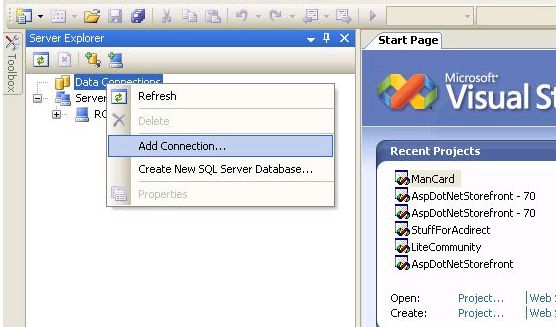
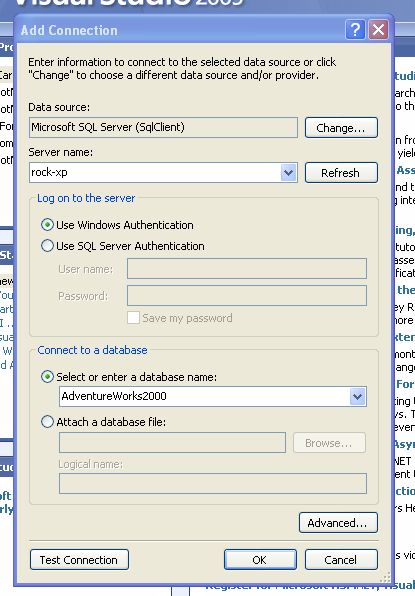
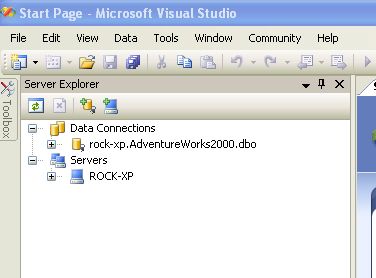
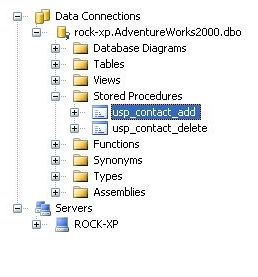

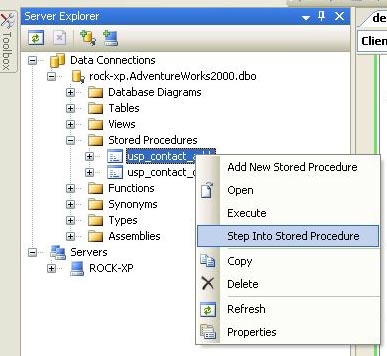
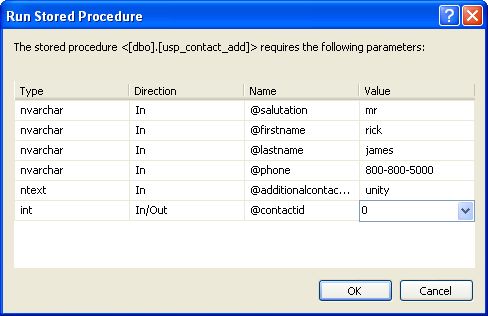
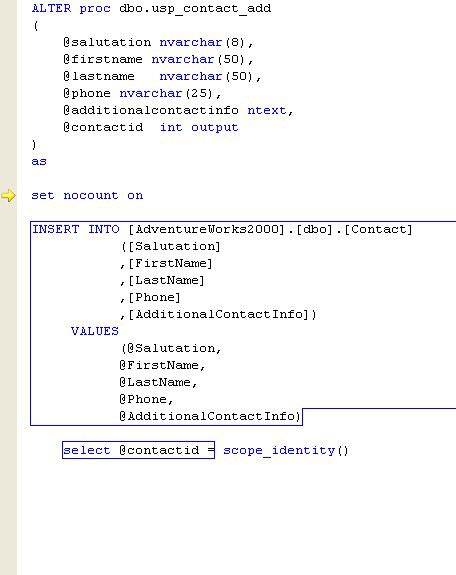
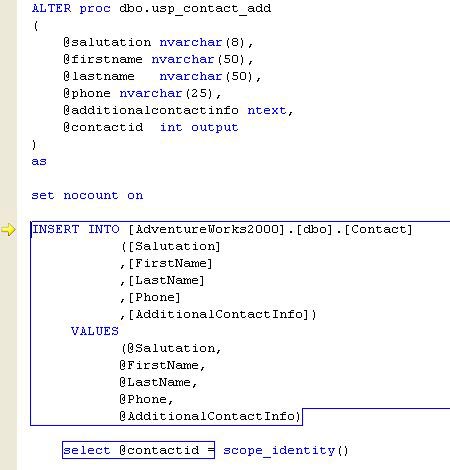
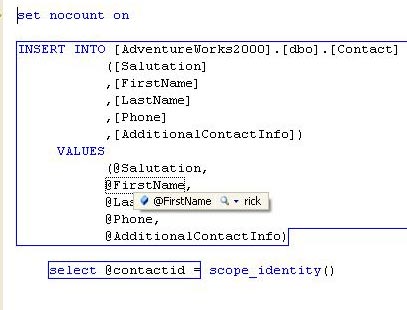
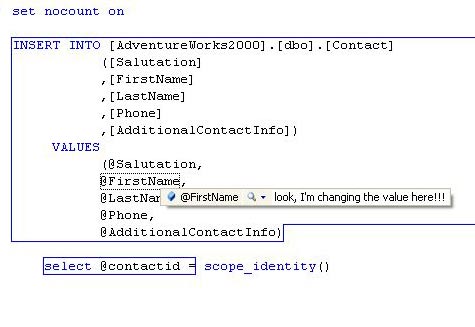
 Note
Note 
